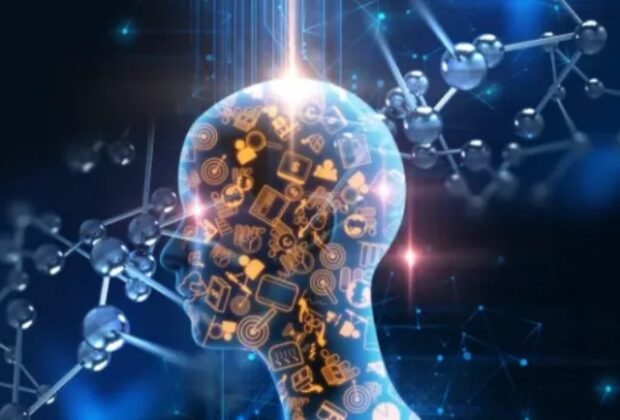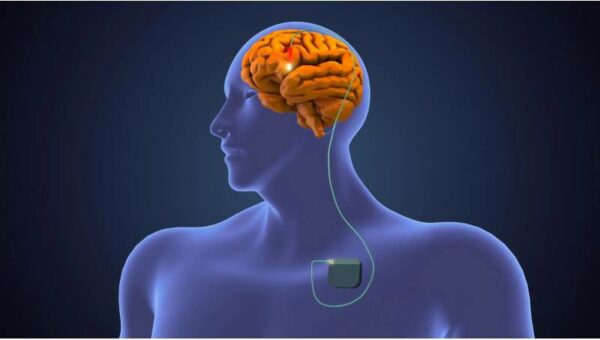The possibility of using artificial intelligence (AI) for autism screening in practical contexts, like primary care, has been investigated by Duke University researchers. Their objective is to create an early autism detection tool that is objective, scalable, and independent of parent reports. At their 18- and 24-month well-child exams, the American Academy of Pediatrics advises screening all kids for autism. A 20-question parent survey is most frequently used to screen children. Among the questions asked are “Does your child respond when you call his or her name?” and similar ones. The pediatrician might conduct another interview with the parent to get more clarification on their responses, depending on what they said.The pediatrician should recommend that the child be evaluated for a diagnosis of autism if the parent supports enough symptoms of the disorder.
While using a parent questionnaire to screen for autism is beneficial, it has certain drawbacks. Not every parent has a sufficient understanding of the questions to provide a precise response. It’s possible that the questionnaire won’t be available in the parent’s native tongue. When necessary, pediatricians don’t always conduct follow-up interviews. This lowers the questionnaire’s accuracy. Large-scale studies have shown that a questionnaire is not as accurate as it should be in real-world settings, like pediatric primary care, where screening should take place. Particularly girls and children of color are frequently overlooked.
In other areas of medicine, physicians use a variety of data sources to assess a patient’s likelihood of having a particular ailment. Let’s say, for instance, that you were worried you might have a cardiac condition. Your doctor would ask you about your symptoms, such as whether you’re feeling particularly exhausted, having trouble breathing, or if you’re having chest pain. A key component of your doctor’s heart problem screening would be your self-report. Subsequently, your physician most likely would conduct multiple objective assessments of heart function. They would order a blood sample to measure your cholesterol, an electrocardiogram (EKG), and a blood pressure check.
In order to determine your risk for cardiac issues, your doctor would combine data from several sources. There are no objective diagnostics for autism, like blood testing, available. Behavior observation is used to diagnose autism, which is a behavioral disorder. Is it possible for artificial intelligence (AI), or computers acting in place of people, to identify and quantify early behavioral symptoms of autism?
An app that can be downloaded on a smartphone or tablet and used to screen for autism has been developed by our research team at Duke University. Here’s how it functions: With the purpose of eliciting behaviors related to autism, like gaze, orienting to a name call, and facial expressions, the app shows a series of short, entertaining movies. A camera built into the tablet or smartphone records the child’s actions as they watch the movies.The child’s behavioral responses are then automatically and accurately measured using a method known as “computer vision analysis.” The computer can determine whether the child focused primarily on the nonsocial aspects of the film, like toys or other objects, or whether they noticed the social elements, like people. The child’s body movements, facial expressions, blink rate, and orientation in relation to their name can all be measured. After integrating all of these behavioral cues, the app employs machine learning to calculate the child’s likelihood of having autism. With just a smartphone or tablet, it can all be completed in less than ten minutes.
The high degree of resolution and accuracy that come with “digital phenotyping,” or measuring behavior with a computer, is one of its benefits. Subtle yet distinct behaviors that are invisible to the human eye can be measured by the computer. A child’s blink rate, for instance, is one of the early indicators. Children with autism suppress their blink rate when they look at objects, while neurotypical children suppress their blink rate when they look at people. In addition to measuring if a child orients when their name is called, the computer can measure how quickly the child turns their head. When autistic kids do orient to their name, it takes them roughly one second longer than typical kids. Very likely, the doctor would have overlooked this early warning.








